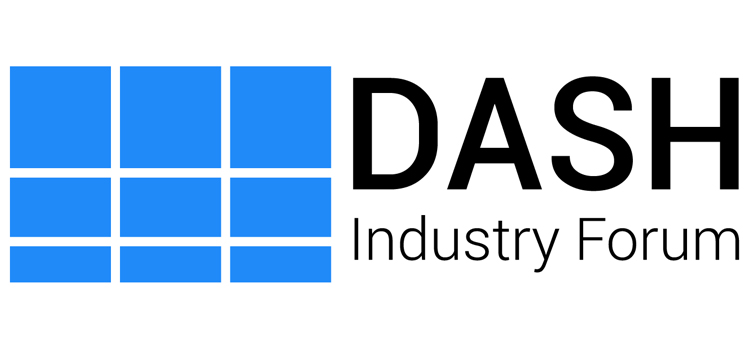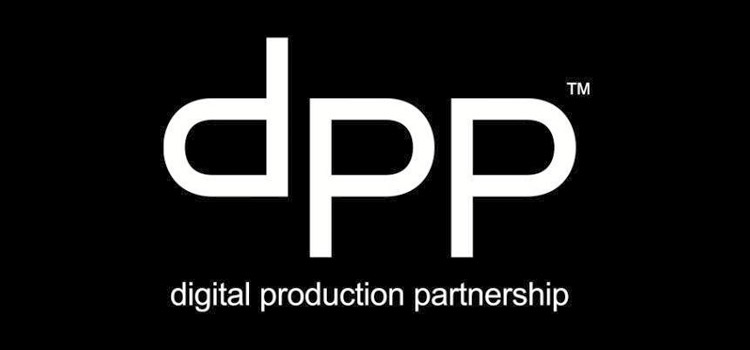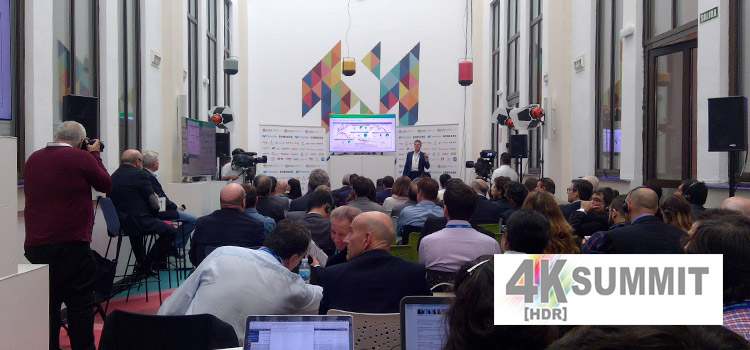The 4K Summit was recently held at its new location in Málaga, making the Spanish city the center of the Ultra High Definition Worldwide. This third edition was attended by a total of 300 professional visitors from 22 different countries and over 90 companies represented in total, including Epic Labs. At Epic Labs, as an Innovation and Knowledge Center, we want to offer our vision and headlines of this growing event.
IP Broadband vs. Traditional Broadcast
In the early stages of the event we already found one of the main topics nowadays in our industry: Traditional Broadcast (i.e. Satellite, terrestrial) vs. IP Broadband. Luis Miguel Gilpérez, President of Telefónica, pointed out that video is at the core of their strategy given that Telefónica’s main focus is set on fiber optics, bringing massive broadband to all households. In the case of Spain, 75% of the population has access to this technology used to deliver for high-speed Internet allowing for and additional entertainment offer. Telefónica’s goal is to continue differentiating through the variety and exclusivity of its audiovisual content, and also through the user experience.
With regards to its Fusion product (IP broadband, mobile and content bundle), Gilpérez provided several interesting data: 64% of customers consume content through VOD, the smartphone is the most used device with a penetration of 52%. With respect to 4K, Telefónica wants to promote this technology and will therefore release set- top-boxes suitable for this resolution on the second quarter of 2018.
Michel Chabrol, Director Marketing Innovation from Eutelsat, provided further insights to Traditional Broadcast and IP Broadband. Chabrol commented that there are currently about 100 channels active in 4K/UHD worldwide, many of them offering experimental content. 41 of them are being distributed via satellite while 56 leverage cable or IPTV platforms, and only two of them are distributed via terrestrial television. This shows that both, terrestrial and satellite television, are clearly threatened by the growth of IP broadband in households. As a result of this, Eutelsat are looking for alternative markets. Michel Chabrol presented in Málaga a project towards the luxury hotel sector, to distribute premium content in 4K.
Market perspective
Peter Gray from IHS Markit presented a market study on the state of 4K/UHD penetration in homes. Gray revealed that China is the country in which more 4K television sets are being sold and where it seems to be a greater interest in this technology, they are indeed opting for larger screens. In China, 66% of the television set sales have a screen larger than 40”. USA holds the second position and below Western Europe. In that sense, there is a clear gap between the countries that are producing lot of 4K/UHD contents and those that are consuming the most. Europe has 32 channels, USA has 13, APAC has 10 and Japan 5. Regarding 8K, China and Japan are the ones where there is more interest in the consumption of a resolution like an “IMAX at home” as Gray himself defined.
NASA
One of the main speakers, Carlos Fontanot’s, Imagery Manager ISS at NASA, attended the 4K Summit through a live video conference from the Johnson Space Center in Houston. The ISS is permanently generating audiovisual content, more than 3.5 million photos and thousands of hours of video through 6 HD channels are generated each year. The ISS is like a small production area that flies at an altitude of 400,000 meters and at a speed of 28,000 kilometers per hour. They have different types of cameras for this purpose, from the small GoPro Hero 3 to a Red Epic Dragon. Transmission to Earth is made via Ku Band at a bit rate of 300 Mbps, the 4K signal is encoded in four HD-SDI 1080P outputs. NASA has a 24/7 4K channel to broadcast this type of material and it was in the past that NAB of Las Vegas was the first 4K live broadcast from the ISS.
Olympic Games
Winter Olympic Games are being held in 2018 and two years later it is Tokyo’s turn, where it is expected that substantial changes will be introduced in the workflows and the technologies used, there is really a lot of expectation generated. There where two very interesting panels at Málaga focused on that; first, Peter Hutton, CEO of Eurosport, explained the vision and commitment of this channel on Pyeongchang 2018. The platform will be betting on live VOD coverage through Eurosport Player, a multi-device OTT service where viewers will be able to follow instantly everything that happens. It is estimated that the coverage will provide about 4,000 hours of content being 900 of them broadcasted live.
And then, Guillermo Pérez, Engineering Director at OBS, focused on the implementation of 4K, something that is already in the International Olympic Committee (IOC) roadmap in the medium term. OBS will continue producing the main events in HD because the quality of the final product cannot be compromised, UHD is not mature enough yet to replace HD in live productions. However, he did confirm that by Tokyo 2020 they are working hand in hand with the Japanese NHK to achieve a greater implementation of 4K, this will be possible given the better management of UHD signals that leverage IP technology and, therefore, this resolution will have more prominent. Guillermo Pérez said also that it is essential to offer customers as many formats as possible with the utmost security.
Standardization
There are several attempts to normalize the correct deployment of the UHD, a good example of this are associations such as the UHD Alliance. At the 4K Summit, they set out the need for agreement on what kind of standards to use and recommend to deliver master contents always in 3840×2160 resolution at 10 Bit, using BT. 2020 and ST2084 EOTFF for HDR as color space.
Regarding the situation of broadcasters, Massimo Bertolotti, Director of Innovation and Multimedia Distribution at Sky Italia commented that the UHD cannot remain only in an improvement of the resolution, but it is essential to offer a better user experience and that is where the HDR along with the IP have a very important role. For Bertolotti it is not necessary to bear in mind that many of the televisions with 4K capacity that are currently being bought do not have enough bits to incorporate HDR, that´s why SKY decided to work with HDR HLG asit does not require a higher bitrate as other options and has, therefore, good levels of compatibility. They are also testing virtual reality experiences through Sky VR, an application available in all countries where the platform operates.
NHK and their 8K roadmap
There is no doubt that one of the most awaited presentations was that NHK offered through its Producer for the Global Content Development Division Hidenobu Miyazaki, in Málaga we were able to enjoy several demonstrations of the work being done by the Japanese broadcaster in both 4K and 8K. With Tokyo 2020 in mind, Miyazaki revealed that at the end of 2018 they want to broadcast eighteen hours of content per day in 4K and twelve hours of content in 8K on a sustained basis. He also clarified that for current productions are using RED cameras as an element of capture. And finally, NHK is working on building an 8K mobile unit next year that will record content in different countries.
OTT
There was also time to talk about over the top television. In a panel discussion involving Amagi, Movistar and Akamai. Although, this roundtable focused on the user experience. Several of the problems that are established in this environment discussed such as the improvement of the distribution of live content, and opting for a business model that can be sustainable for all and not just for a few. Leaving as a conclusion that the on-demand content is experiencing a very strong growth in recent years and continues to accelerate.
 The DASH Industry Forum (DASH-IF) establishes interoperability gui- delines on the usage of the MPEG-DASH streaming standard. MPEG- DASH simpli es and converges the delivery of IP video, to provide a rich and enjoyable user experience, to help drive down costs and ultimately to enable a better content catalogue to be offered to consumers.
The DASH Industry Forum (DASH-IF) establishes interoperability gui- delines on the usage of the MPEG-DASH streaming standard. MPEG- DASH simpli es and converges the delivery of IP video, to provide a rich and enjoyable user experience, to help drive down costs and ultimately to enable a better content catalogue to be offered to consumers. Epic Labs, proud member of the DASH Industry Forum, is a software engineering center that helps companies to innovate in Media, offering advanced video solutions and several collaboration proposals in digital transformation.
Epic Labs, proud member of the DASH Industry Forum, is a software engineering center that helps companies to innovate in Media, offering advanced video solutions and several collaboration proposals in digital transformation.


